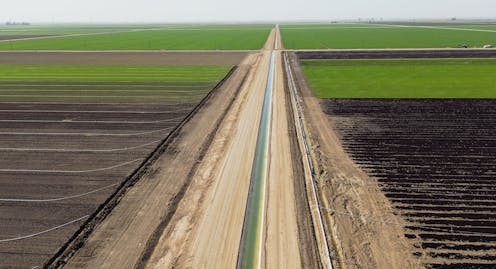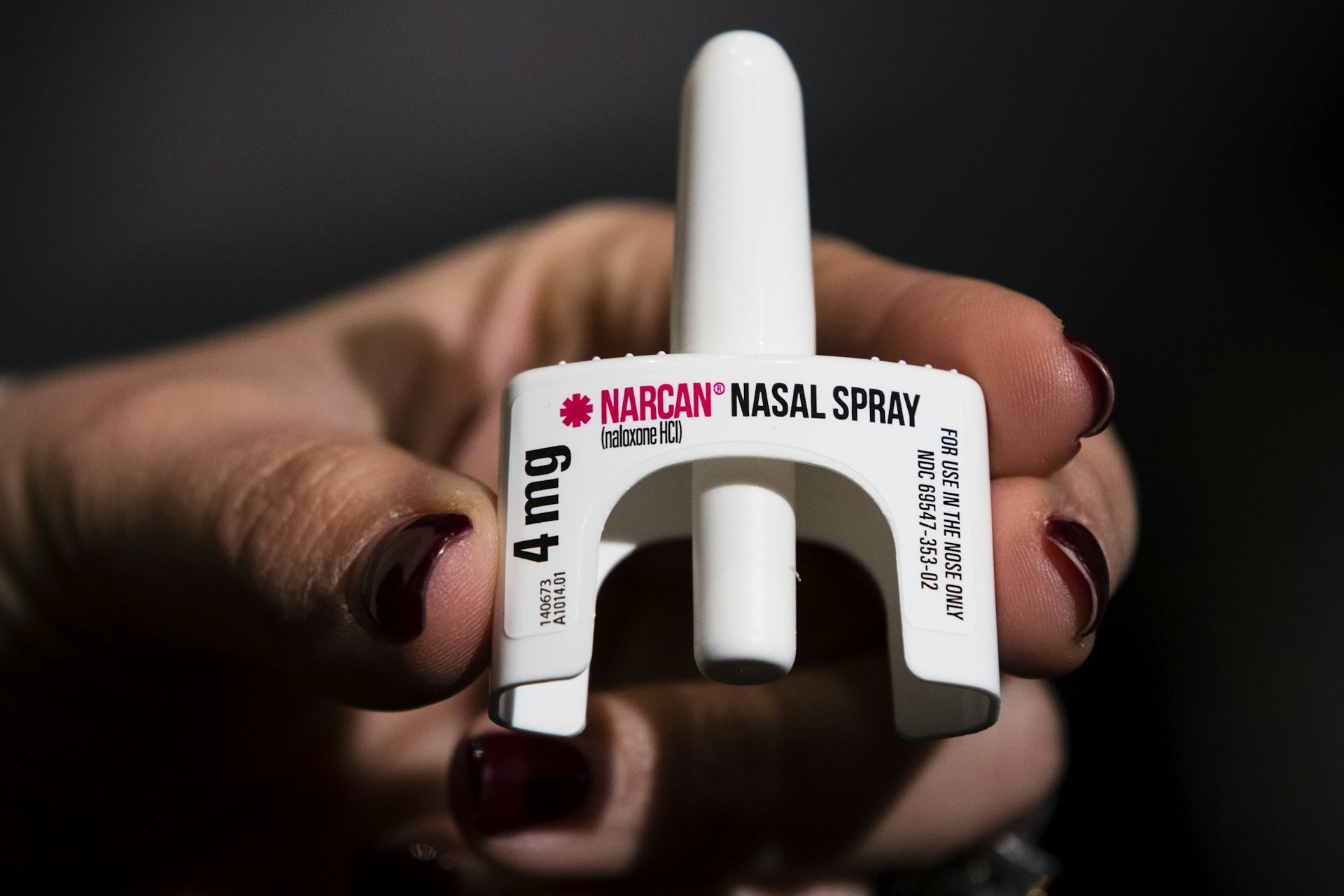Colorado River states bought time with a 3-year water conservation deal – now they need to think big
Southwest states have bought time with an agreement between California, Arizona and Nevada to cut Colorado River water use by about 14%. Now comes the hard part.

Arizona, California and Nevada have narrowly averted a regional water crisis by agreeing to reduce their use of Colorado River water over the next three years. This deal represents a temporary solution to a long-term crisis. Nonetheless, as a close observer of western water policy, I see it as an important win for the region.
Seven western states – Colorado, Wyoming, Utah, New Mexico, Arizona, Nevada and California – and Mexico rely on water from the Colorado River for irrigation for 5.5 million acres and drinking water for 40 million people. Their shares are apportioned under a compact negotiated in 1922. We now know, thanks to tree-ring science, that its framers wildly overestimated how much water the river contained on a reliable basis. And climate change is making things worse.
Some recent commentators have argued for revamping the compact. The lawyer in me shudders to think of the utter chaos that would ensue as states, tribes that were left out of the original agreement, and Mexico try to unwind settled expectations and create new ones.
In my view, the agreement announced on May 22, 2023, strongly repudiates the need to revamp the compact. Seven states were able to finesse an agreement that will ultimately result in significant changes to the legal documents collectively known as the Law of the River, without the need to begin again. The next step – a broader, longer-lasting overhaul of the compact – will be even more challenging.
Overallocated and shrinking
The Colorado River, the lifeblood of the U.S. Southwest, faced the prospect of going dry if its two largest reservoirs – Lakes Mead and Powell – hit dead pool, the level at which no water flows through their dams. Several forces led to this catastrophic prospect.
First, the 1922 Colorado River Compact and other elements of the Law of the River dole out rights to more water than the river provides.
Second, a historic drought that commenced in 2000 has caused water levels in the reservoirs to plummet by 75%.
Third, climate change has reduced the flow in the river by more than 1 million acre-feet. (One acre-foot is the amount of water required to cover an acre of land to a depth of 1 foot – about 325,000 gallons.) Evaporation off the surface of the reservoirs annually claims in excess of an additional 1 million acre-feet.
This year’s snowpack, historic by any measure, offers a year or two of relief from hitting dead pool. However, one wet year doesn’t alter the trajectory of climate change or the level of reliable flows in the river over time.
State water managers clearly understand the problem and have taken significant but insufficient steps to conserve water. Each state thinks the others should do more to solve the problem. Negotiations, sometimes acrimonious, have stalled.
In 2022, the U.S. Department of the Interior broke this stalemate with a plea and then a demand for the states to do more, faster, to protect the river. Then, in April 2023, the agency released a draft supplemental environmental impact study that offered two alternatives – one more favorable to California, the other to Arizona. The message to states was clear: If you can’t reach a consensus, we’ll act to protect the river. Intense negotiations followed, leading to the May 22 agreement.
Will payments promote long-term conservation?
The new cuts center on California, Nevada and Arizona because they draw their shares of the river mostly from Lake Powell and Lake Mead. The states have agreed to reduce their consumption of Colorado River water by 3 million acre-feet by 2026, which represents about 14% of their combined allocations.
This pact temporarily protects water supplies for cities, farmers and tribes. The U.S. Bureau of Reclamation immediately accepted the proposal and committed to pay for steps that are expected to conserve 2.3 million acre-feet of water with money from the Inflation Reduction Act. For example, the Gila River Indian Community will receive $50 million from the Lower Colorado River Basin System Conservation and Efficiency Program in each of the next three years for improvements such as new pipelines.
It’s now up to California, Nevada and Arizona to divvy up the remaining 700,000 acre-feet of cuts. I expect that water reallocation, with water moving from lower-value to higher-value uses, will play a key role. Water marketing – negotiating voluntary sales or leases of water – is a tool to facilitate that transition.
Most of the water involved in the recent agreement will be freed up by one party paying another party to use less – for example, cities paying farmers to conserve water that the cities can then use. That’s the essence of water marketing. The agreement will provide funding to irrigation districts, tribes and water providers, who will then figure out how to generate the savings each organization has committed to deliver.
Negotiation, not litigation
The next steps are for the states to begin discussions about replacing guidelines that currently govern the sharing of Colorado River water, which expire in 2026. These discussions will be more painful because federal funding will expire and cuts will be more severe. Thus far, the Upper Basin states – Wyoming, Colorado, Utah and New Mexico – have not had to endure significant water use cuts. My hope is that the states will seize this three-year window as an opportunity to develop procedures and identify funding for major water reallocations.
Over the last couple of years, there have been threats to solve these issues in court. But litigation is a lengthy, costly process fraught with uncertainty. The original Arizona v. California suit was filed in 1930, and the Supreme Court did not enter its final decree until 2006.
Many legal arguments that individual basin states could present to a court rest on interpretations of vague or ambiguous Law of the River documents. The river can’t wait for the legal process to adjudicate gnarly, complicated claims made trickier by a century of statutory and case law embellishments. As I see it, negotiation and concessions leading to consensus are the only viable solution going forward.
Robert Glennon does not work for, consult, own shares in or receive funding from any company or organization that would benefit from this article, and has disclosed no relevant affiliations beyond their academic appointment.
Read These Next
As US hunger rises, Trump administration’s ‘efficiency’ goals cause massive food waste
Despite the administration’s claim of streamlining the government to make its operations more efficient,…
A year on, the Israeli-Lebanese ceasefire looks increasingly fragile − could a return to cyclical vi
Since the start of the truce on Nov. 27, 2024, there have been thousands of Israeli violations inside…
Absence of evidence is not evidence of absence – and that affects what scientific journals choose to
Researchers design studies that might disprove what’s called their null hypothesis – the opposite…





